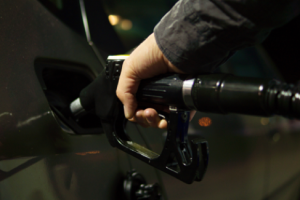What is the Gas Tax?
In the United States, each state imposes its own user fee that is added to every purchase of liquid fuels. The states rely on these fuel taxes to pay for the construction, maintenance and repair o f roads and bridges (highway infrastructure). Pennsylvania currently has the highest state gas tax at 57.6 cents per gallon. In addition, the federal government also imposes its own gas tax of 18.4 cents on every gallon.
f roads and bridges (highway infrastructure). Pennsylvania currently has the highest state gas tax at 57.6 cents per gallon. In addition, the federal government also imposes its own gas tax of 18.4 cents on every gallon.
The challenge to the gas tax comes as motorists begin to drive more fuel-efficient and electric vehicles. While roadways undergo the same wear and tear, states are receiving less tax revenue to make road repairs due to a population of motorists that are progressively using less and less gas. So, states must evolve with the technology and find alternative solutions to fix our nation’s crumbling infrastructure. One of these possible alternatives is the mileage tax.
What is the Mileage Tax?
The mileage tax is another example of a user fee. Drivers will be exclusively taxed based on the number of miles driven, instead of the amount of the fuel purchased. This pay-per-mile method is currently being piloted as a simulated fee in Washington, Colorado and California to see if it would be a viable alternative to replace the gas tax. Ideally, the shift to a mileage tax would bring little changes for drivers of conventional vehicles, but a slight increase for drivers of energy-efficient vehicles.
The American Society of Civil Engineers estimates that by 2025, it will cost the United States over $4.6 trillion dollars to make the necessary repairs and upgrades to our infrastructure. So as our country’s infrastructure continues to age and deteriorate, states must find alternative sources of revenue to repair roads and bridges, as income like the gas tax become less reliable.






